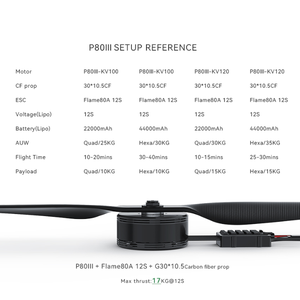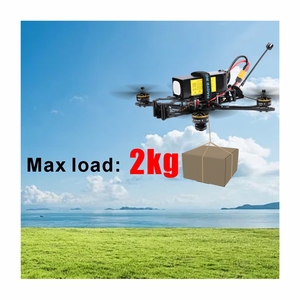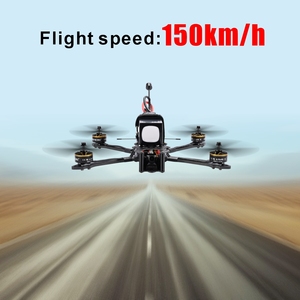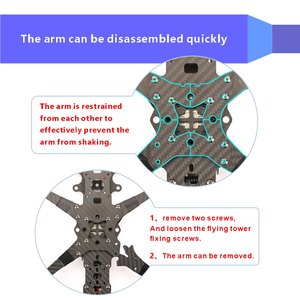
All categories
Featured selections
Trade Assurance
Buyer Central
Help Center
Get the app
Become a supplier

(2552 products available)







































A pocket drone, like mini pocket drones, can be carried conveniently in one hand. Though small, they deliver decent video and photography capabilities. Besides, some pocket-sized drones are foldable or can have their rotors retracted to occupy less space. Other types of pocket drones include Wi-Fi-enabled models, HD camera drones, and RC pocket drones.
The pocket drone is compact and portable. Its small size makes it fit inside the pocket. This is one of the reasons why pocket drones are popular among new and experienced drone pilots. They are easy to travel with and use. Another good thing about them is that they are not heavy. Some may weigh below 200 grams. Because of their weight and small size, users don't have to worry about carrying them around.
Pocket drones come with features like cameras, Wi-Fi connectivity, and app control. The camera allows users to capture videos and photos from the air. Some drones may have camera resolutions that go as high as 4K. Other models may also have gimbals for smooth video footage. Besides this, many pocket drones come with Wi-Fi or FPV (first-person view) connectivity. This enables data transmission from the drone to the user's smartphone, tablet, or drone's remote controller. Some drones may have a range of up to 100 meters.
Many would pocket drones as smartphone alternatives for aerial photography and videography. They offer an easier way to capture aerial shots without much equipment. Some models come with companion apps for users to control the drone from mobile devices. The apps may also have features like flight control, waypoint mapping, and touch control.
Most pocket drones have intuitive flight controls that make them easy to operate. Some may have positioning systems, stabilization, and autopilot modes to assist with flight control. These features help novice pilots and drone pilots learn how to operate pocket drones with ease.
The mini pocket drone is versatile. It's used for recreational purposes, educational projects, professional filming, and even environmental monitoring, among others. Here are some expanded applications of mini drones:
Aerial Photography and Videography
Obtaining difficult-to-achieve drone shots without needing a pilot or professional drone operator. Mini drones can be used to create unique videos and promotional content for various businesses, etc.
Agricultural Monitoring
Farmers can utilize mini pocket drones to track crop development, assess field conditions, and spot pest and weed issues. Mini drones may also help with precise irrigation and pesticide application.
Environmental Conservation
Pocket drones can assist in environmental conservation efforts by monitoring wildlife populations, detecting illegal poaching, and even assessing and protecting endangered ecosystems and habitats.
Search and Rescue Operations
Pocket drones can be deployed to locate missing people in hard-to-reach places. They can cover large areas quickly with their cameras and thermals sensors to detect people.
Delivery Services
Some mini pocket drones havepayload capacity and can deliver small items like medicine, packages, or other essential supplies in remote locations.
Recreational Flying:
The mini drone can provide hours of fun and entertainment. Pocket drones are typically easy to operate and will offer thrilling indoor or outdoor flights.
Educational Purposes
Kids and even adults can use mini drones to learn about basic physics and aerodynamics. Some mini drones also have programmable features that teach people about coding and robotics.
Events and Entertainment
Coordinated mini drone shows can replace fireworks displays at special events. Festivals, corporate events, and sporting shows use mini drones to create stunning aerial light displays.
Before buying a small drone, buyers should consider factors like range and flight time, size and weight, camera quality, and smartphone compatibility.
Range and Flight Time
The range is how far the drone can fly away from the controller. Flight time is how long the drone can stay in the air on a single battery charge. Longer ranges and flight times allow more exploration. Pocket drones usually have ranges of a few hundred feet and flight times of 5-15 minutes, depending on the model and battery size.
Size and Weight
The mini drone itself is small and lightweight, so it doesn't matter much. But the size and weight of the drone affect how easy it is to fold and carry in pockets. This affects where people can fly the drone. A lighter drone is also more affected by the wind, so keep that in mind when choosing one.
Camera
Pocket drones are mainly used to get fun videos and photos. Higher-quality cameras give better videos and photos. Most pocket drones have built-in cameras. The cameras can be HD, 4K, or have different megapixel amounts. Drones with higher-resolution cameras allow users to capture videos and photos with more detail and quality.
Smartphone Compatibility
Pocket drones connect wirelessly to smartphones. This allows users to see what the drone's camera sees and control the drone using virtual joysticks on the phone. Not all drones work with all types of phones. Buyers should make sure the drone they choose works well with the kind of smartphone they own. This ensures users can properly control the drone and view its camera feed on their phone.
Q1: How long does the battery of a pocket drone last?
A1: Pocket drones have a flight time of 5 to 30 minutes on a single charge. The duration depends on factors like size, weight, and battery capacity. Bigger pocket drones tend to fly longer. Smaller ones with less battery capacity will not fly for long.
Q2: How far can one fly a pocket drone?
A2: The remote controller will determine the maximum range of the pocket drone. Most pocket drones can be flown 100 - 1000 meters away from the pilot. However, the operator should keep the drone in sight at all times.
Q3: Is it easy to fly a pocket drone?
A3: Many pocket drones are user-friendly, especially those with beginner modes. These drones have simple controls and intuitive flight patterns. Some drones even have autopilot features to aid new pilots.
Q4: Are pocket drones safe?
A4: To get a pocket drone that is as safe as possible, the buyer should purchase it from a reputable manufacturer. Apart from this, pilots must follow safe flying practices. These include keeping the drone within sight, not flying near people, and not operating the drone in bad weather.
Q5: Where can one fly a pocket drone?
A5: Pocket drones can be flown in many open spaces like parks, fields, and backyards. However, pilots must avoid flying near airports, crowded areas, and sensitive government buildings. Some countries may require pilots to obtain permits to fly drones above a certain altitude.
Q6: Can one do aerial photography with a pocket drone?
A6: Yes, some pocket drones come with cameras to capture photos and videos from the air. These drones are affordable and easy to use. Their small size makes them easy to transport.